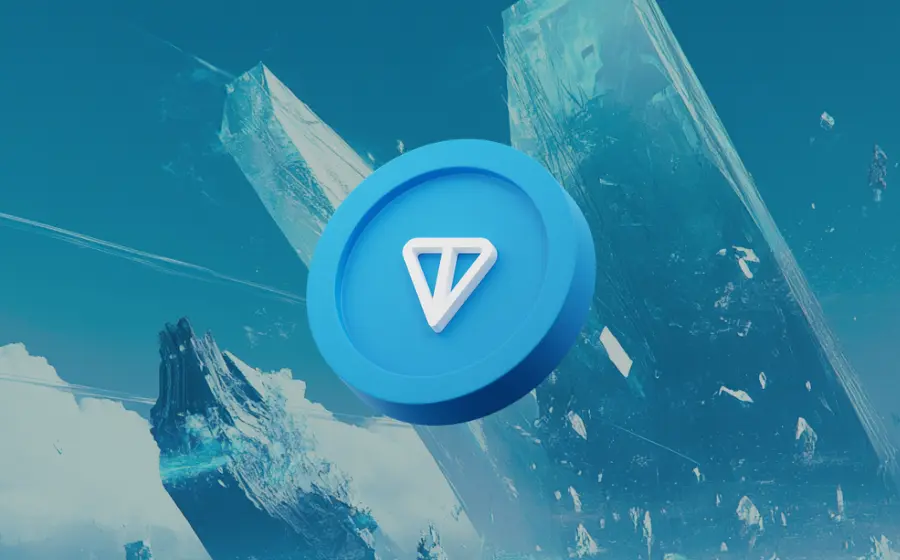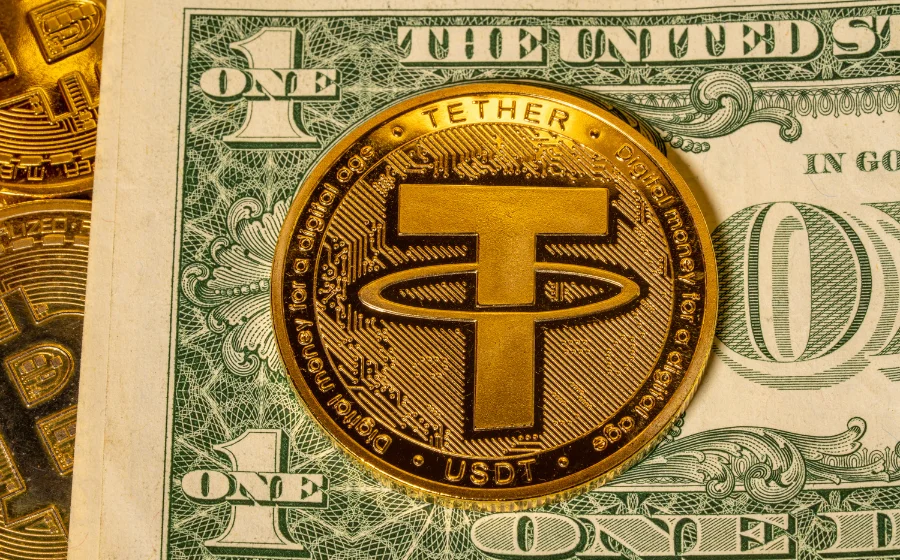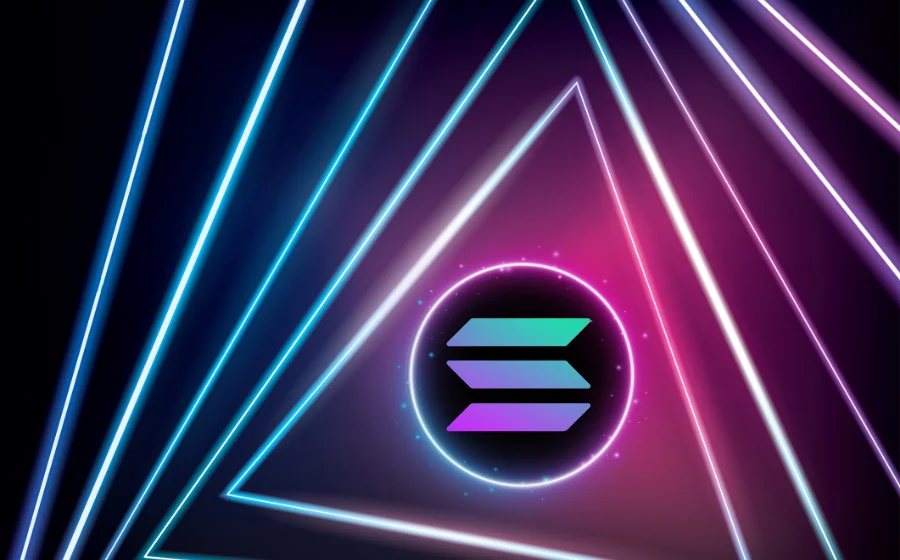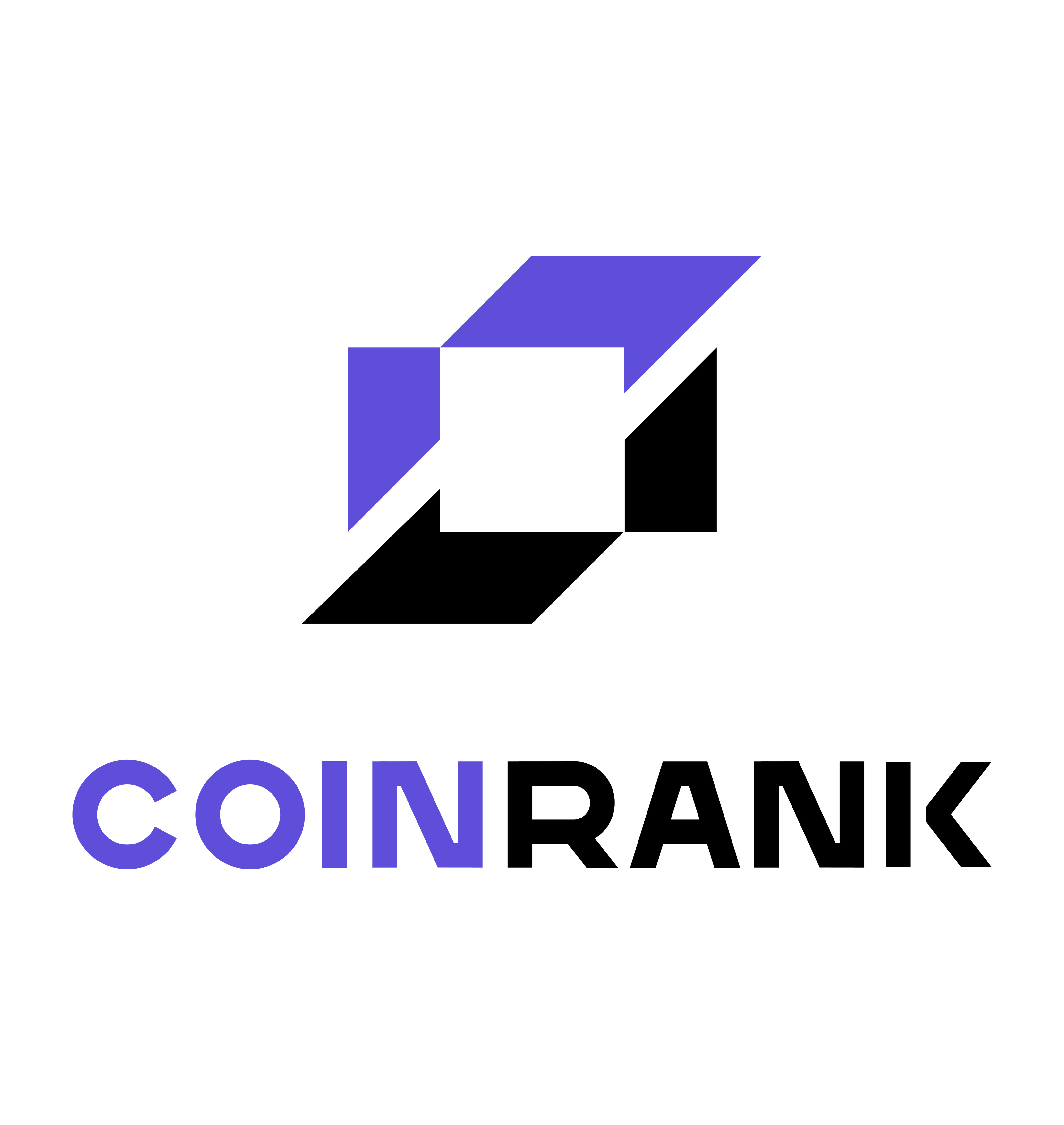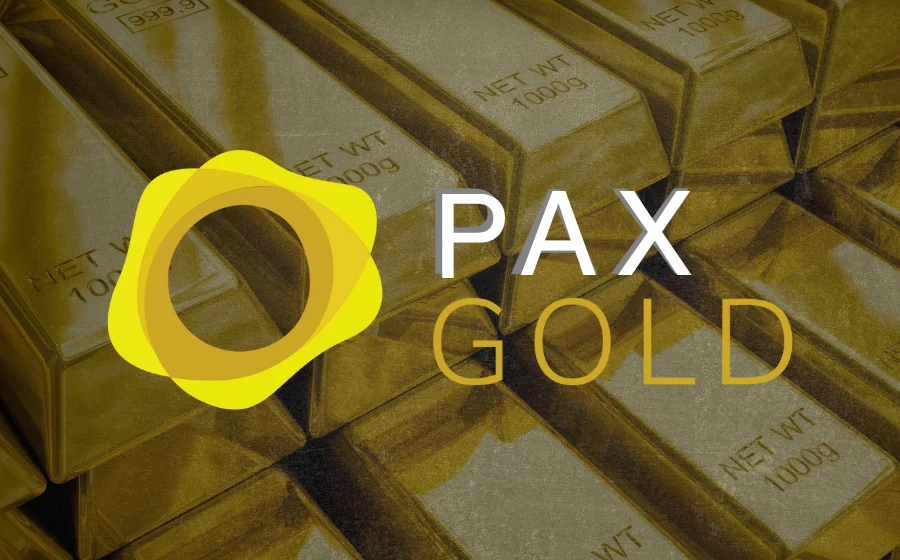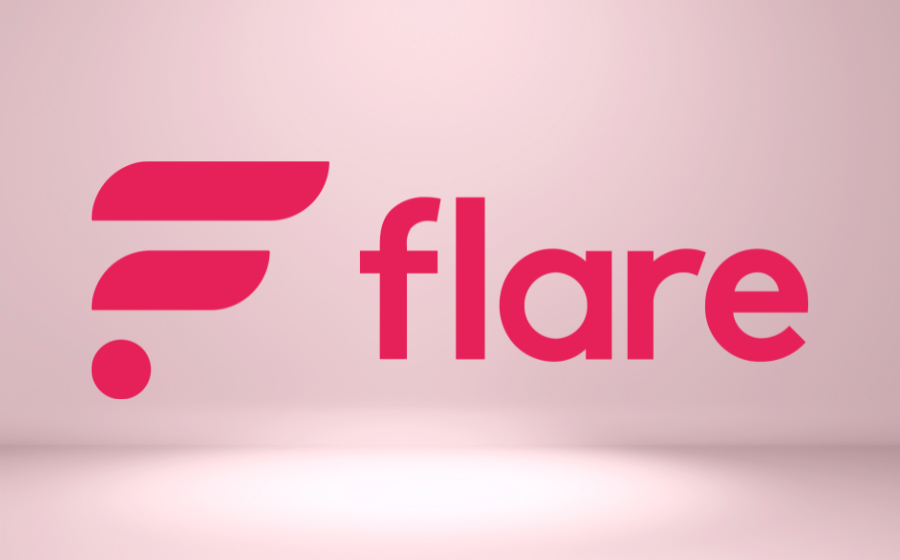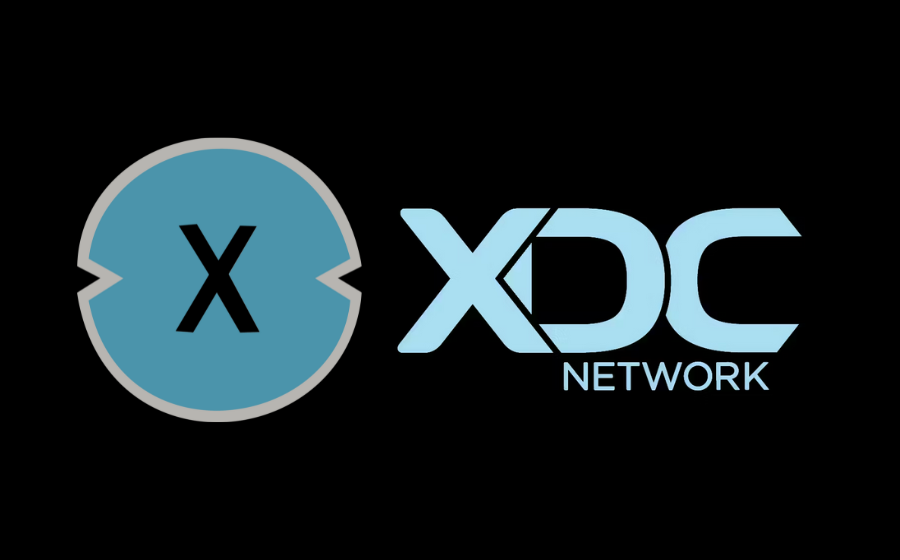
KEYTAKEAWAYS
- XDC Network uses a unique XDPoS consensus mechanism to achieve fast, energy-efficient transactions with near-zero gas fees and over 2,000 TPS.
- The network supports EVM-based smart contracts, integrates with systems like SWIFT, and enables seamless tokenization of real-world assets.
- XDC, the native token, powers the ecosystem through gas fees and staking rewards, and supports multiple token standards like XRC20, XRC721, and XRC1155.

CONTENT
XDC Network is an EVM-compatible hybrid blockchain designed for real-world DeFi, tokenization, and trade finance, offering high speed, low fees, and enterprise interoperability.
WHAT IS XDC NETWORK?
XDC Network (formerly known as XinFin Network) is an open-source, enterprise-grade hybrid blockchain that’s EVM-compatible and purpose-built for real-world decentralized finance (DeFi) and tokenization use cases.
Designed with performance and usability in mind, XDC Network operates on a customized Ethereum fork and utilizes a unique delegated proof-of-stake (XDPoS) consensus mechanism. This allows the network to achieve 2-second transaction finality, near-zero gas fees, and throughput exceeding 2,000 transactions per second (TPS).
Celebrating 6 Years of Mainnet: XDC Network’s Journey of Impact and Innovation Since 8 Years.
Explore the full anniversary article: https://t.co/7NVpekh54N
XDC Network was introduced in 2017 by XinFin, and on June 1, 2019, the XDC Network launched its mainnet—marking the… pic.twitter.com/cjGQiVRsgV
— XDC Network (@XDC_Network_) June 3, 2025
📌 XDC Network core mission
The core mission of XDC Network is to improve inefficiencies in global trade and finance by leveraging blockchain technology. By combining the transparency of public blockchains with the privacy features of private networks, it offers businesses flexible and scalable infrastructure for a wide range of applications, including:
- Trade Finance: Enables secure, efficient global trade financing while reducing fraud risk and speeding up transactions.
- Supply Chain Management: Smart contracts simplify logistics workflows, reduce costs, and enhance traceability and transparency.
- Tokenization: Physical assets like commodities or real estate can be tokenized, enabling fractional ownership and streamlined trading.
- Cross-Border Payments: Fast, low-cost international payments that reduce reliance on intermediaries and promote financial inclusion.
- Identity Verification: A tamper-proof platform for secure digital identity, helping to reduce identity theft and fraud.
Backed by the XDC community, the XDC Foundation was launched in 2021 to accelerate ecosystem growth. Through collaborations with developers, trade professionals, and content creators, the foundation is actively driving the global adoption of XDC Network.
>>> More to read: What is Cosmos (ATOM)? The Future Roadmap of ATOM
HOW DOES XDC NETWORK WORK?
XDC Network is built to serve the needs of real-world finance by offering a high-speed, low-cost, and enterprise-grade blockchain infrastructure. At the core of its design are three key components: the XDPoS consensus mechanism, EVM compatibility, and support for the ISO 20022 messaging standard. Let’s break down how XDC Network functions:
✅ XDPoS Consensus Mechanism
XDC Network operates using the XinFin Delegated Proof-of-Stake (XDPoS) consensus algorithm—a system designed for both energy efficiency and high resilience against spam attacks. Unlike traditional PoW chains, validators on XDC Network perform minimal work to propose new blocks, which keeps energy consumption low while maintaining security.
Validators are selected through a real-time voting system and are responsible for:
- Maintaining the integrity of the XDC blockchain
- Validating transactions and forming legitimate blocks
- Keeping their nodes continuously synchronized with the network
This governance model ensures a decentralized, democratic, and sustainable approach to network operations.
✅ EVM Compatibility & Smart Contract Interoperability
Being Ethereum Virtual Machine (EVM)-compatible, XDC Network supports the development and deployment of decentralized applications (dApps) with ease. Developers can port Ethereum smart contracts with minimal changes, enabling seamless transition and faster time to market.
More than that, XDC Network integrates with legacy financial systems like SWIFT and ERP platforms, enabling trusted, cross-platform data exchange. Its smart contracts allow for trustless execution of agreements, supporting everything from peer-to-peer finance to institutional workflows.
One of the network’s standout features is asset tokenization. Real-world assets (RWAs)—such as real estate, commodities, or securities—can be represented as digital tokens on XDC Network, enabling fractional ownership, increased liquidity, and broader accessibility across compliant blockchain ecosystems.
✅ ISO 20022 Messaging Standard
To bridge traditional finance and decentralized infrastructure, XDC Network adopts the ISO 20022 messaging standard. This global protocol for financial data exchange ensures that enterprises, banks, and even governments can interface with XDC Network in a standardized, interoperable manner.
This makes it significantly easier for institutions to tap into the power of smart contracts and DeFi tools, without abandoning the frameworks they already rely on.
>>> More to read: What is WLFI? Inspired by Trump, Powered by USD1
WHAT IS XDC?
XDC is the native utility token of the XDC Network, playing a vital role in powering the blockchain’s ecosystem. Anyone using the network—whether to transfer assets or deploy smart contracts—must pay transaction (gas) fees using XDC. At the same time, validators and delegators can stake XDC to help secure the network and process transactions. In return, they earn rewards in newly minted XDC tokens.
🪙 XDC Tokenomics
The total supply of XDC is capped at 37.7 billion tokens. Its token distribution is as follows:
- 25% — Team
- 15% — Ecosystem
- 10% — Pre-allocation & Token Offering
- 32.5% — Validator & Network Participation Rewards
- 10% — Hedge Pool
- 5% — Charity Allocation
- 2.5% — Reserve Fund
This balanced structure supports long-term ecosystem growth, incentivizes network participation, and maintains sustainability across community and institutional use.
📜 XDC Token Standards: Built for Interoperability
Interoperability is a core principle of the XDC community. To support a wide range of applications—from fungible tokens to NFTs and gaming assets—the XDC Network supports multiple token standards:
➤ XRC20
The XRC20 standard governs fungible tokens on the XDC Network. It is widely adopted by wallets and exchanges, enabling seamless interaction with smart contracts and representing various digital assets.
➤ XRC721
XRC721 is the standard for non-fungible tokens (NFTs) on XDC Network. It defines how unique assets are created, owned, and transferred on-chain, ensuring trust and authenticity in NFT ecosystems.
➤ XRC1155
Combining the capabilities of XRC20 and XRC721, XRC1155 is a multi-token standard that enables the creation of both fungible and non-fungible tokens within a single smart contract. This hybrid model allows developers to build more efficient and scalable dApps—especially for gaming, metaverse, and collectibles.
✏️ Conclusion: Why XDC Network Stands Out
As a hybrid blockchain, XDC Network is gaining traction for its ability to combine the best of both public and private chains. It offers a scalable, efficient, and accessible decentralized infrastructure that streamlines traditionally complex and outdated processes. By bridging these technological gaps, XDC Network is actively contributing to the modernization and growth of global trade and finance sectors.

